Known as the “Year Without a Summer,” 1816 negatively impacted the entire world, from the most poverty-stricken farmer in China to Thomas Jefferson. In 1815, Mount Tambora erupted, and its aftermath spurred droughts, crop failure, and endless winter.
The volcanic activity altered weather systems, triggered disease, and destabilized regimes. Historians struggle to cite a specific number of lives that were lost during the period, but at least 10 million people passed – many experienced a weather-induced cholera epidemic. The Year Without a Summer also profoundly impacted culture and art in the 19th century, inspiring Gothic and Romantic masterpieces.
The Mount Tambora volcanic eruption changed the course of history.
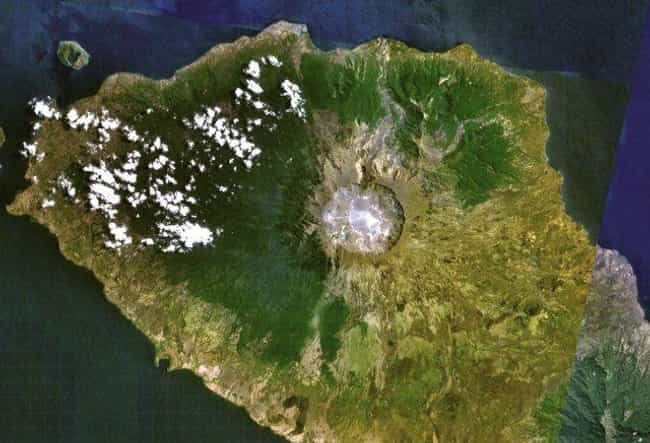
People Around The World Didn’t Immediately Notice The Volcanic Eruption At Mount Tambora
Indonesia’s Mount Tambora erupted in 1815, and humankind faced one of history’s most significant geological events the following year. Some scientists believe Mount Tambora’s eruption was 10 times as mighty as that of Krakatau in 1883.
However, a while passed before the world felt Tambora’s effects. Europe was reeling from the Napoleonic Wars; the United States was constructing a new nation; and the Chinese Qing Dynasty was pursuing an aggressive resettlement plan.
As the enormous ash plume made its way across the world, it put pressure on entire communities.
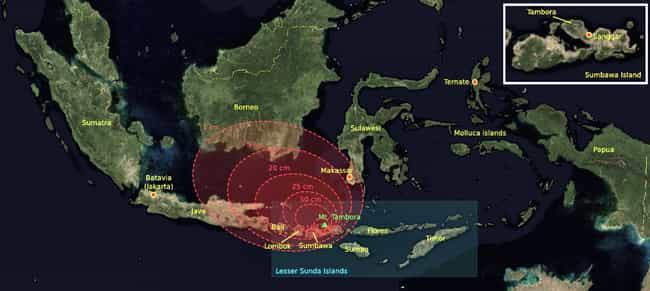
The Event Claimed At Least 80,000 Lives In And Near Indonesia
Analysts disagree on an exact number of lives lost due to Mount Tambora’s eruption. However, even conservative estimates suggest around 10,000 people perished in the initial eruption, and another 70,000 passed in the subsequent months.
The largest volcanic event in modern history, the 1815 burst garnered a Volcanic Explosivity Index of seven on a scale of eight.
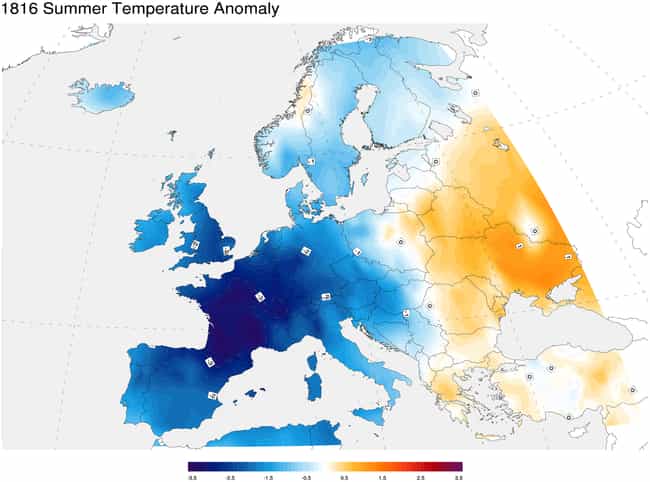
The Global Climate Dropped Around Three Degrees Celsius In 1816
Though a three-degree temperature drop (37.4 degrees Fahrenheit) may not appear particularly profound, this change in weather had wide-reaching consequences in 1816. The ash cloud generated by the volcano made its way to the stratosphere, reflecting incoming sunlight and cooling the Earth.
The wind disrupted weather systems and increased rainfall across much of the northern hemisphere.
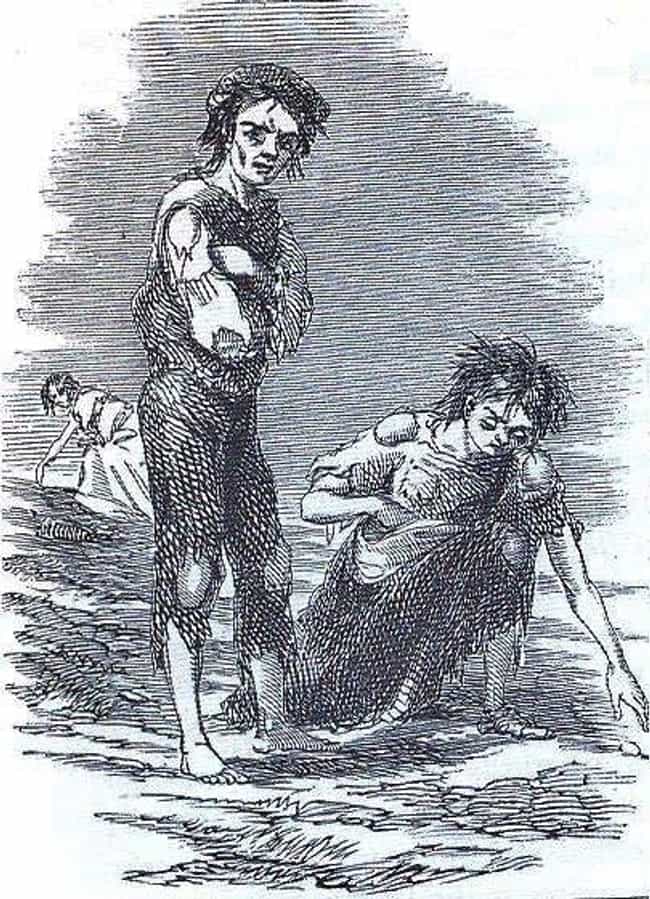
The Eruption Likely Led To One Of The Worst Irish Potato Famines
The best-known Irish Potato Famine occurred between 1845-1849. However, many primary sources insist a series of potato famines affected the country in the 18th and 19th centuries. It is believed that Mount Tambora’s eruption caused an eight-week-long rainy period in Ireland.
As a result, local crops failed and famine ensued, leading to a typhus epidemic from 1816 to 1819. Roughly 100,000 people perished.

Millions Succumbed To A Cholera Epidemic That Originated In Bengal
The Mount Tambora event led to a new strain of cholera. This form of it had mutated due to the Bay of Bengal’s altered weather patterns and the chemical changes in the soil. The population couldn’t fight the microbe that targeted the immune system, and the disease quickly traveled all over Asia.
By the century’s end, the entire world felt cholera’s effects. It claimed the lives of millions.
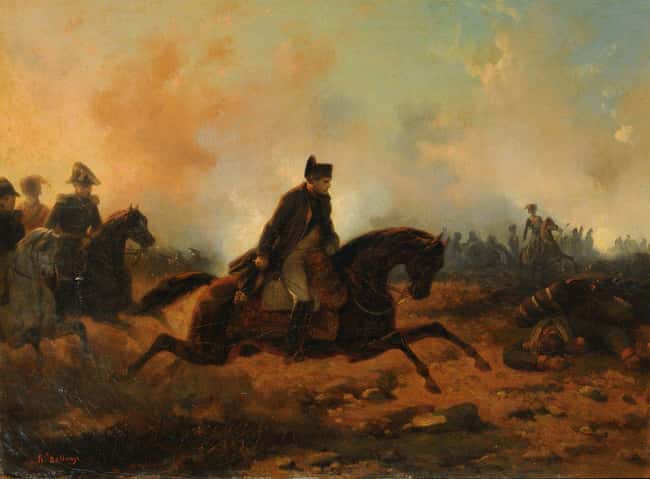
The Napoleonic Wars Left Europe Ill-Prepared For Famine
At the height of his power, Napoleon Bonaparte seemed unstoppable. He cut a swath across Europe and held brief dominion over most of the continent. But the Mount Tambora eruption proved more disruptive than Bonaparte.
The eruption caused ash, rain, and freezing temperatures to circulate through Europe. Hardly anyone was prepared for these effects, and food stores were low.
Many European nations had to rely on American imports to avoid hunger, as strife had disrupted agricultural processes.
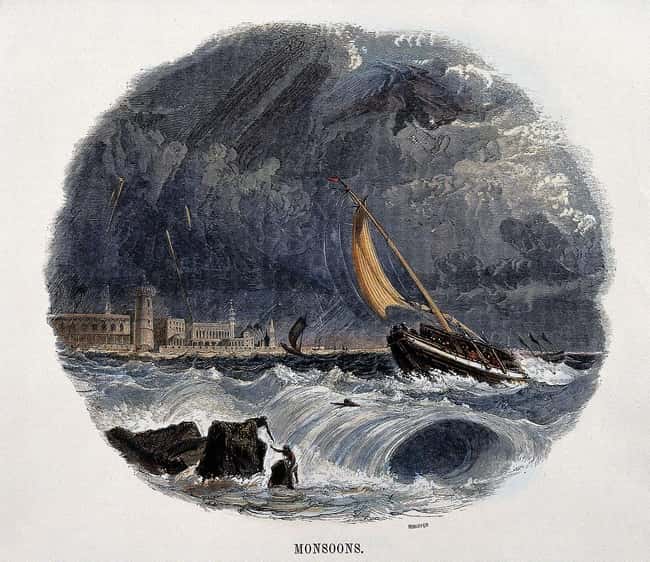
Sulfate Disrupted Monsoons In South Asia For Three Consecutive Years
While the eruption affected people globally, the most dramatic consequences occurred closer to the volcano. For instance, the annual Indian monsoons slowed down, leading to a dizzying array of effects like the cholera epidemic that started in Bengal.
Mount Tambora also emitted a substantial amount of sulfate. Historian Gillen D’Arcy Wood explained its impact:
The massive load of sulfate gases Tambora injected into the stratosphere produced an aerial dust cloud consisting of up to 100 cubic kilometers of debris. This great sun-obscuring plume then circled the earth at the equator in a matter of weeks before drifting pole-ward, playing havoc with the world’s major weather systems for almost three years.

The Change In Climate Kickstarted The Age Of Arctic Exploration
The volcano failed to effect a massive drop in temperature in the Arctic. In fact, a strange conflux ended up forcing warm winds northward. Arctic ice melted and formed new pathways into the uncharted frozen landscape.
The British Navy, hoping to find a northern passage, prepared multiple Arctic expeditions. The first of these expeditions, launched in 1818 and headed by Captain John Ross, arrived in the north only to find that weather patterns had stabilized. The path disappeared.
However, in the following years, British explorers and other nations continued to launch Arctic journeys.
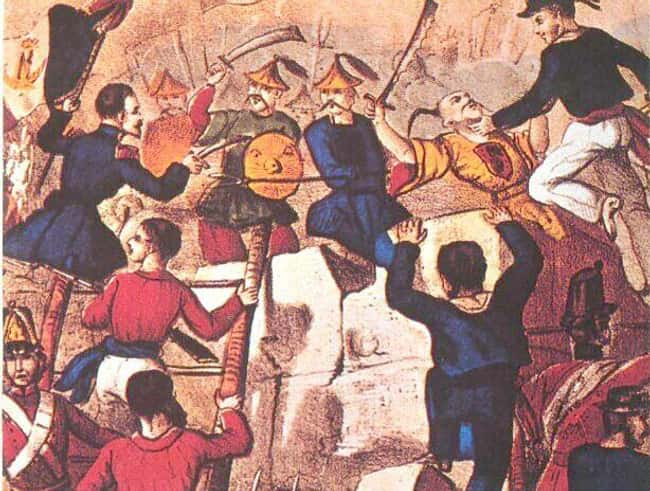
The Eruption Partially Induced The Chinese Opium Trade
China’s Yunnan province faced extreme consequences because of the Mount Tambora event. Unseasonable cold weather and rain disrupted the annual rice crop, and desperate farmers turned to poppies – a more reliable crop that’s used to produce opium.
One of the defining economic conflicts of the 1800s, the Chinese opium trade resulted in major rebellions that took thousands of lives. It also birthed the modern “Golden Triangle” of Heroin production in Southeast Asia.

Thomas Jefferson Needed A Loan Because The Extreme Weather Hurt His Crops
Scholars have yet to concretely prove that Thomas Jefferson had realized a commonality between the collapse of his crops and the eruption at Mount Tambora. However, he certainly felt the volcano’s effects. Like many farmers in the United States, Jefferson faced financial peril in the Year Without a Summer.
His failed wheat crops compelled him to apply for a loan to make ends meet.

The Weather Helped Inspire Major Literary Works Like Mary Shelley’s ‘Frankenstein’
In the summer of 1816, Mary Godwin and her soon-to-be husband Percy Shelley traveled with a few close friends to Lake Geneva for vacation. When the bad weather trapped them indoors, they spent their time sharing ghost stories.
Lord Byron challenged Mary to tell a scary ghost story; she demurred. Later that night, she couldn’t sleep and received a vision that she later described:
I saw with shut eyes, but acute mental vision – I saw the pale student of unhallowed arts kneeling beside the thing he had put together. I saw the hideous phantasm of a man stretched out, and then, on the working of some powerful engine, show signs of life…
Mary’s vision prompted her to compose the now-famous novel, Frankenstein.
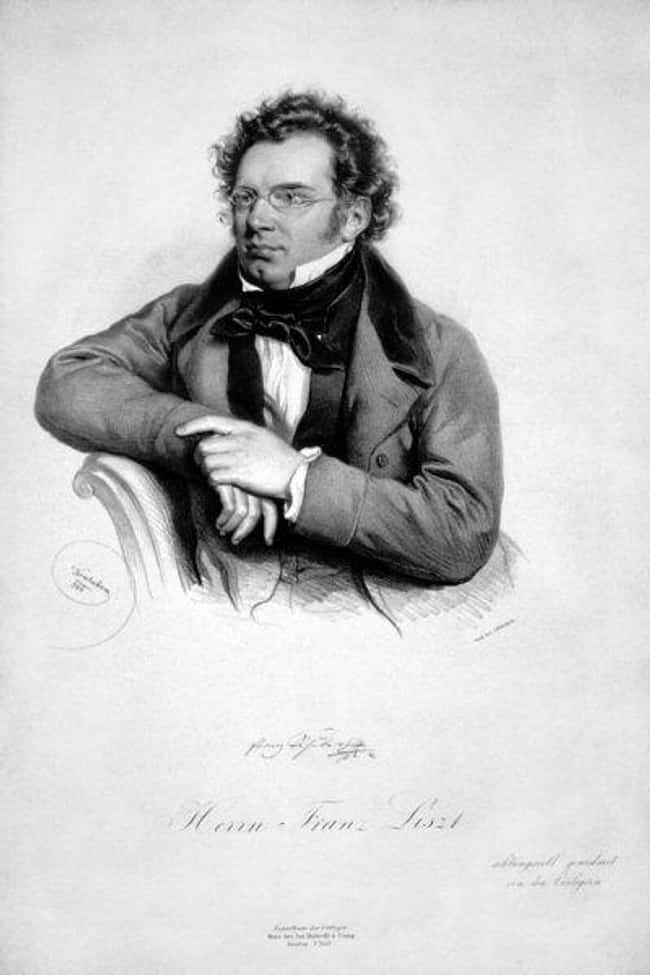
The Eruption Might Have Led To Austrian Composer Franz Schubert’s Struggles With Seasonal Affective Disorder
Brilliant young composer Franz Schubert faced a few challenges in 1816. His hero, Goethe, rebuffed him, and he only received one commission the entire year. Some music historians believe Schubert’s melancholy output was a direct result of Seasonal Affective Disorder brought on by the dark summer of 1816.
But while the weather may have depressed the musician, it didn’t slow him down. During 1816, Schubert composed two symphonies and a variety of other musical works, including chorales, lieder, and chamber music.
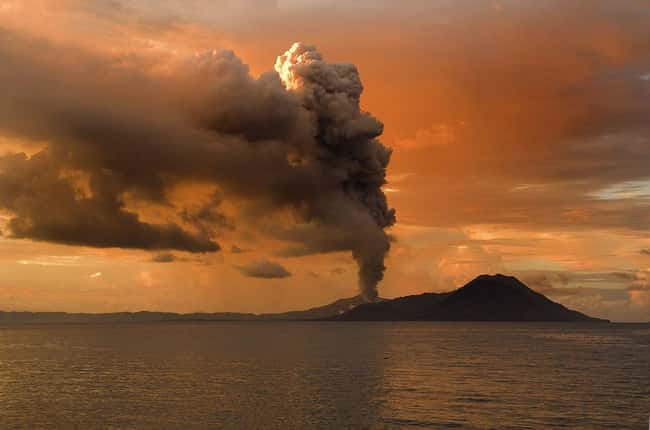
An Equally Distressing Event Could Happen Again
The planet is home to an estimated 20 active supervolcanoes. These massive magma deposits have incredible capabilities; some landforms could prove more powerful than Mount Tambora. Additionally, most supervolcanoes could erupt at any time without a trigger or earthquake.
These lava emissions occur about once every 100,000 years and can significantly impact the climate. [Ed. Note: The time between Tambora and Krakatau was only 68 years!]
–
Article Updated 2019 Oct 17
(For the source of this, and many other equally intriguing articles, please visit: https://www.ranker.com/list/mount-tambora-volcano-effects/quinn-armstrong/)









